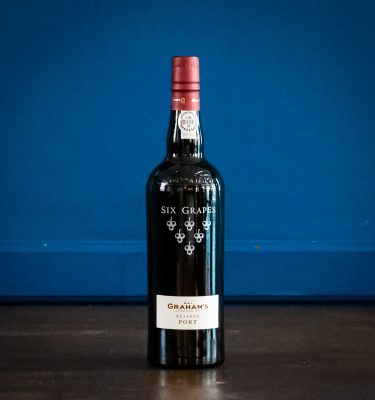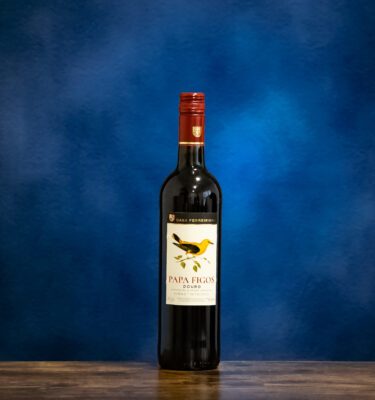Tinta Roriz
Showing all 13 results
- Sale!
- Sale!
- Sale!
- Sale!
- Sale!
- Sale!
- Sale!
- Sale!
- Sale!
In the Douro and Dao wine regions in northern Portugal, three important grape types are used to produce both dry table wines and fortified wines: Tinta Roriz being one of them.
WHAT’S IN A NAME?
It might be a pain to sort through Portugal’s numerous grape varieties. Portugal, despite being so small, certainly gives us the most headaches and confusion of any wine area. The principal name of almost every grape planted in Portugal varies from place to region throughout the country. Furthermore, there are numerous grapes that are similar to both Spain and Portugal, as one might anticipate given their close vicinity, but hardly any of them go by the same name in both countries.
This variety is not an exception. In Douro it goes by Tinta Roriz, and farther south in Alentejo, it is known as Aragonez. In Spain, the most common name for it is Tempranillo but is also referred to as Aragoneza, Cencibel, Tinto Fino, and Tinta de Toro. So there really isn’t a cheat sheet when it comes to recognising this variety, you just have to remember the names.
ORIGINS
We heard it on through the grapevine, Tempranillo or Tinta Roriz was produced long before the birth of Christ. It was first cultivated in the Iberian Peninsula (which is now Spain and Portugal) by Phoenician settlers as early as 1100 B.C.
It was proven in 1972 at Baos de Valdearados that Tinta Roriz or Tempranillo (translating into ‘little early one’, by the way, refering to its short growing season) was the basic wine used in Ribera del Duero’s vinification, which dates back more than 2000 years!
PRODUCTION TODAY
Despite appearing to be delicate, this grape variety travelled widely during the 20th century and underwent numerous tests and trials before becoming accepted in countries such as Australia, USA, South Africa, Argentina, and others.
For instance, California saw a big increase in Tinta Roriz wine production in late 1990’s despite a cold reception at first due to the hot climate (Prohibition didn’t help either). However, later in 1980, the yields of Tinta Roriz surged after the vines have been relocated to a mountainous area.
GRAPE’S CHARACTERISTICS
Despite being a high-yielding variety, the production can vary from vintage to vintage, largely due to poor fruit sets. But when stars align, the resulting wine can be intensely aromatic, rich in colour, with a strong acid structure, and prominent tannins.
The typical flavours are black cherry, blackberry, raspberry, blueberry, plum, spices and herbs, and if aged in oak, you can also detect tobacco, cocoa, vanilla, and caramel.
This grape works together with Touriga Franca, Touriga Nacional, and other indigenous varieties to create Portugal’s finest dry red wines when they are well taken care of in the vineyard and carefully blended in the winemaking.
PORT
Let’s not forget about this grape’s contribution to one of the most famous fortified wines – Port. This wine has a long and interesting history, but back in the 17th century, to put it kindly, it had a rather questionable reputation. The search was on to find better quality wine from Portugal given the patriotic obligation to avoid French wines (you know, the war and stuff). The wine was reportedly quite austere, harsh, and susceptible to spoiling during long transportation. Shippers came up with an idea to start brandy to wine casks at some point in the 17th century. Fast forward a few centuries and the port we drink today would not be recognised by our predecessors.
Tinta Roriz became a significant variety in the Port-making process. It is perfect for the climate change-affected Douro since it can flourish in dry years and ripens early. Shorter growing seasons are a result of drier, hotter years, and this grape is a perfect solution. These wines are capable of lasting for many, many years, thanks to the little guy – Tinta Roriz.













